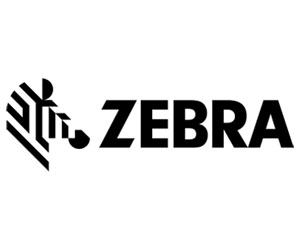RFID Tags Track Patients and Devices
Jennings says that RFID tags give care providers real-time visibility into assets and people, which she says is fundamental to the evolution of healthcare in an age of increasing automation.
“You can’t automate unless you know where things are,” she says. “Being able to connect clinicians to each other in real time and help them connect with critical assets without any extra labor is transformational.”
RFID tags can be printed on patient wristbands, which allow for easy scanning and tracking, or attached to the numerous medical devices found within the facility, she adds.
“With RFID, you’re able to look at equipment and know in that minute how many devices you have, where they are located, and then recognize if you need to shift them because of patient demands — and avoid situations where you’re overspending on rental costs,” Jennings says.
She notes that RFID wristbands have a twofold use in direct patient identification as well as patient tracking, which helps clinicians better understand where a patient has been and where he or she currently is.
“We can get a clinician to a patient more quickly because we can see where they are in real time,” Jennings says.
LEARN MORE: Find out how to sharpen clinical communication strategies for better care.
Mobile Devices Free Clinicians to Focus on Patient Care
Handheld mobility is essential for the day-to-day care clinicians provide to patients. Devices include smartphone-sized mobile computing devices, such as Zebra’s TC21-HC and TC26-HC, and larger, ruggedized devices, such as Zebra’s ET4x-HC tablets.
“All of this clinical data is not beneficial unless you can see in real time where you need to be,” Jennings explains. “If you’re standing in front of a desktop, updating a browser, it’s not conducive to real-time work and spending more time with the patient.”












